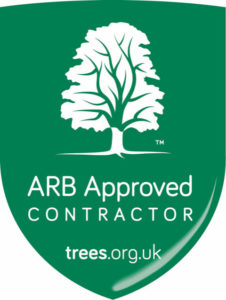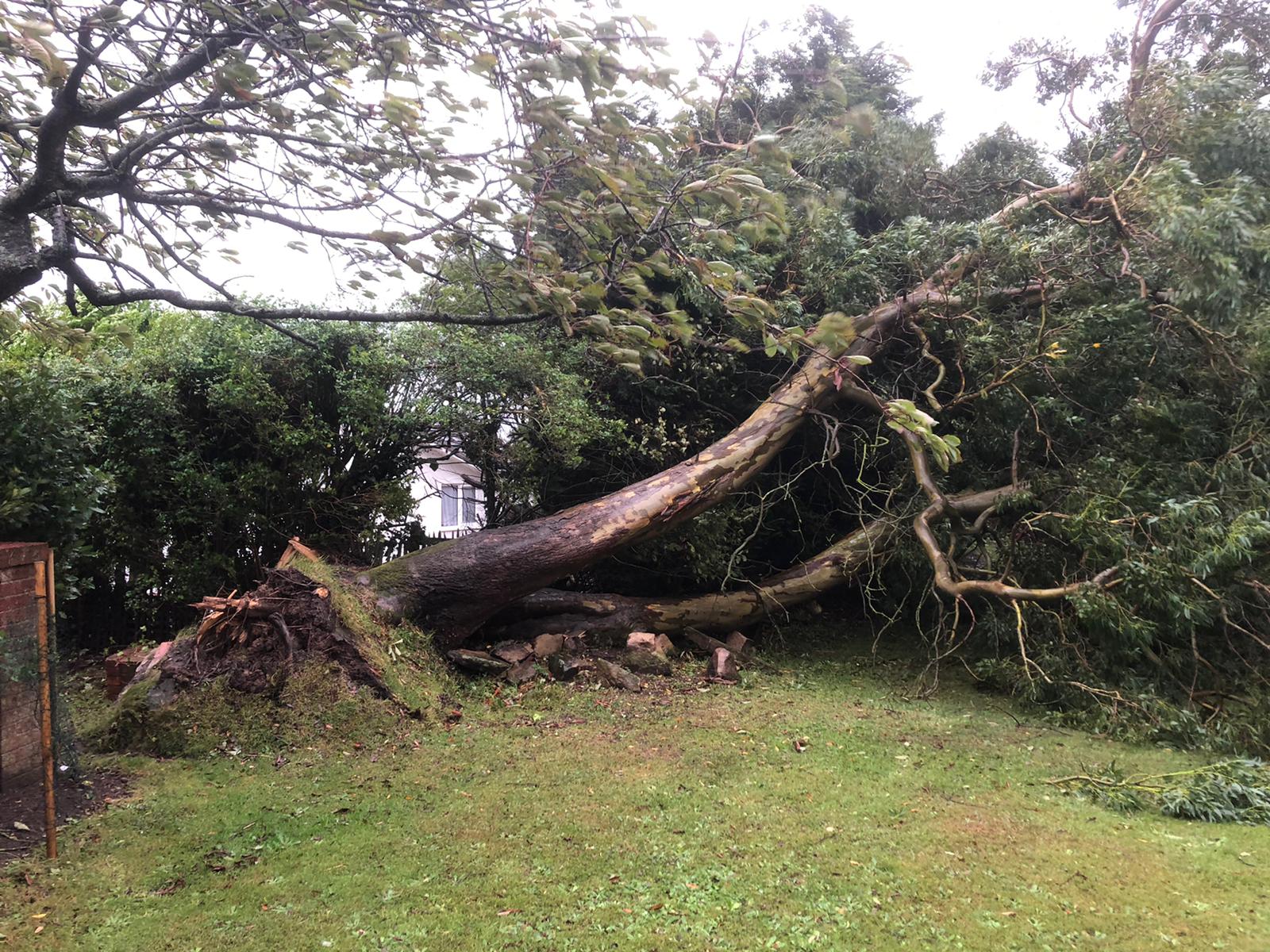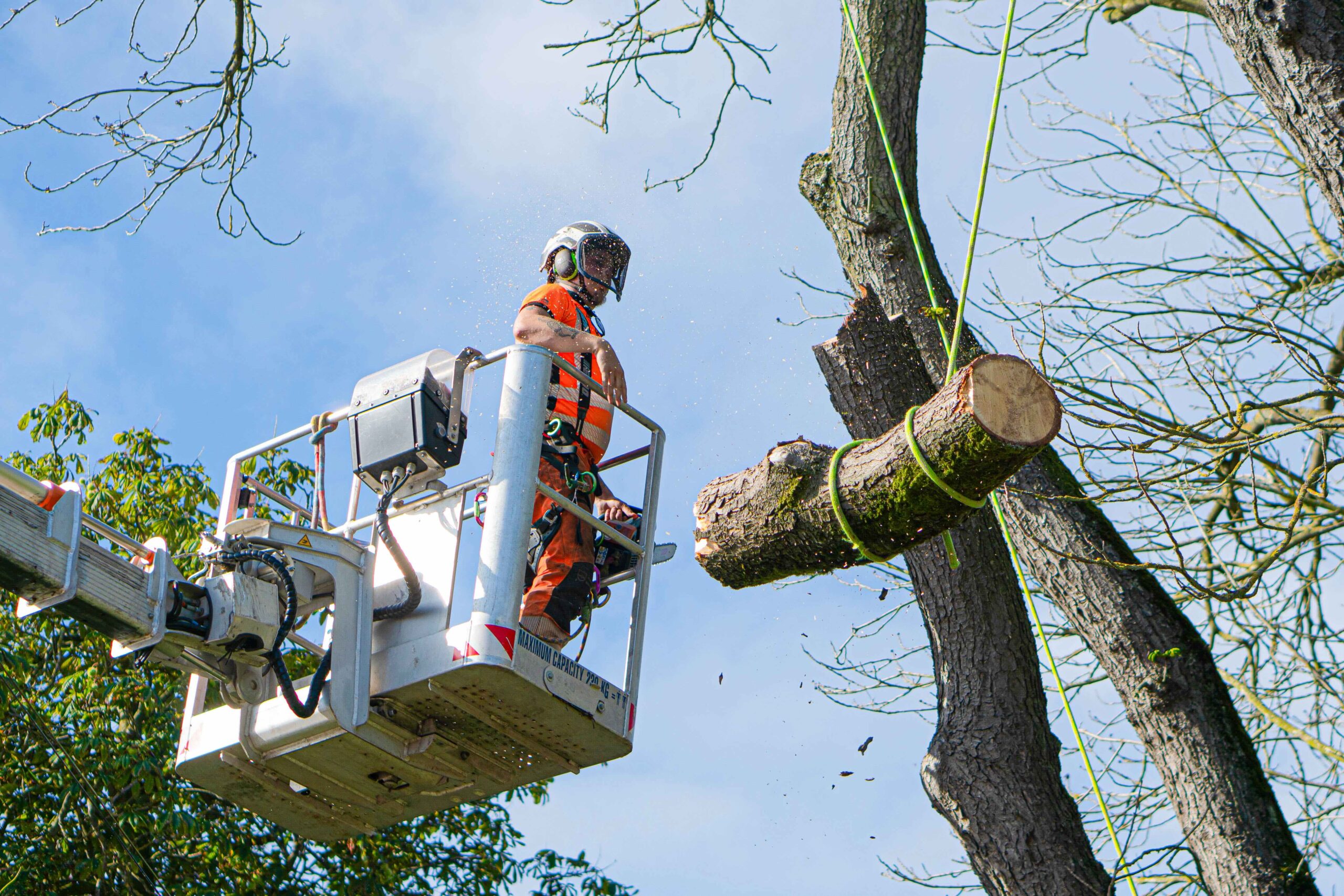Trees play a vital role in our surroundings, providing shade, shelter, and beauty. However, when battered by storms, they can become potential hazards. In the aftermath of a storm, inspecting trees for damage is often overlooked, but it is imperative for both personal safety and environmental well-being.
By understanding the importance of post-storm inspection, you can contribute to maintaining a safe and resilient environment while taking measures to address tree damage effectively.
What to look for in trees after a storm
A common mistake that people make is to assume that if a tree didn’t fall during the storm, then it will continue to hold its ground. Unfortunately, this isn’t always the case. A tree can be damaged in a storm, weakening it, meaning it is at risk of falling or damaging your property in the future. So, what should you be looking for?
Leaning trees
Trees leaning at unnatural angles or, worse, completely uprooted, are one of the most clear indications of storm-related stress. This type of damage not only jeopardises the affected tree but also poses a risk to nearby properties and individuals. Identifying leaning or uprooted trees is key when determining the extent of damage and the necessary course of action, whether it be stabilisation or emergency tree removal.
Broken or hanging branches
One of the other most obvious indicators of storm damage is the presence of broken or hanging branches. These can pose immediate threats, especially if hanging dangerously over structures or pathways.
Inspecting trees for any branches that may have snapped during the storm is crucial for preventing accidents and ensuring the overall safety of the surroundings. Broken tree branches can be a hazard to people and property. Put stress on the tree, and leave it vulnerable to health problems.
Check your trees for broken, cracked, or split branches after severe weather. If you spot any damaged large or hard-to-reach branches, call us as soon as possible about having them pruned to remove the affected branches.
Co-dominant stems.
A less apparent, yet equally significant, sign of damage is the splitting of bark or stem. Some trees develop more than one trunk, known as co-dominant stems. These are often weakly attached due to the presence of included bark. Included bark occurs when two branches or trunks grow too close together (naturally or from splitting), trapping bark between them.
Included bark makes branches or trunks prone to splitting apart, especially those with narrow angles of attachment at the division point, also known as the bifurcation.
Storms can exert immense pressure on a tree, causing these kinds of structural weaknesses that may not be immediately visible. Examining the trunk for any vertical splits or cracks along the “seams” of these unions can help identify internal damage that may compromise the tree’s stability going forward.
Cavities and decay.
If you find cavities or decay after a storm where branches meet, the trunk base, or the root flare, there is a definite cause for concern. Harsh winds, extreme cold temperatures and lightning can all start or exacerbate areas of decay, but it may take longer to spot these signs.
Cankers (dead sections of bark) and fruiting bodies of fungi growing from the bark of trees or on exposed roots can indicate basal decay or dieback within the crown. As the decay progresses, the wood is weakened further, and failure is more likely. Do not attempt to clean out or seal a cavity or decay pocket; you may be doing more harm than good. Spotting these issues means it’s time to call professionals like ourselves.
Assessing the severity of tree damage
Once the visible signs of damage have been identified, it is important to assess the severity to determine the appropriate course of action. Differentiating between minor and major damage is key to understanding the potential risks of compromised trees.
Minor damage may involve small, isolated branches that can be pruned, while major damage, such as extensive structural issues or complete uprooting, requires immediate attention by a professional.
Understanding the potential risks associated with damaged trees, such as falling limbs or weakened stability, helps prioritise tasks and ensure the safety of both property and individuals. In uncertain cases, professional arborist consultation is advised. The team at Dr Stump can provide a comprehensive evaluation of the tree’s health pot-storm and the best course of action for rehabilitation or removal.
Keeping safe
Safety should be the most important aspect of your inspection after a storm. It is crucial to prioritise personal safety and the safety of others during this process. Contacting a qualified arborist to make the inspections on your behalf is always recommended. We are trained to look out for signs of stress and fractures within the tree and can advise on further courses of action.
Before embarking on a post-storm inspection, you should put on any personal protective equipment (PPE) you may have, including a hard hat and suitable footwear to guard yourself against potential hazards such as falling debris or sharp branches.
In cases where the damage is extensive or the tree’s stability is compromised, it is advisable to refrain from attempting a DIY assessment and instead seek professional advice. By following safety measures and stepping on the side of caution, you can ensure a thorough yet secure inspection process after a storm.
If the tree is resting or has brought down a power line, you must not approach the tree or the surrounding area, as electric shock could be sustained. Instead, call the emergency services if others could come into contact with the tree or power line or if there is a risk of fire. Next, call UKPN or your local utility provider, who will send their own qualified team out free of charge to deal with the issue.
When to contact Dr Stump
We are trained to assess damaged tree situations. When contacted, we will formulate an HSE-compliant plan and supply you with a risk assessment and method statement before carrying out any work. We will then determine the safest course of action and our skilled team will liaise with you to discuss your next steps.
If you think you have a tree that poses a threat to surrounding properties or vehicles, regardless of storm activity, then contact us today. From removal to remedial works, we offer comprehensive tree care even in the most challenging situations.




